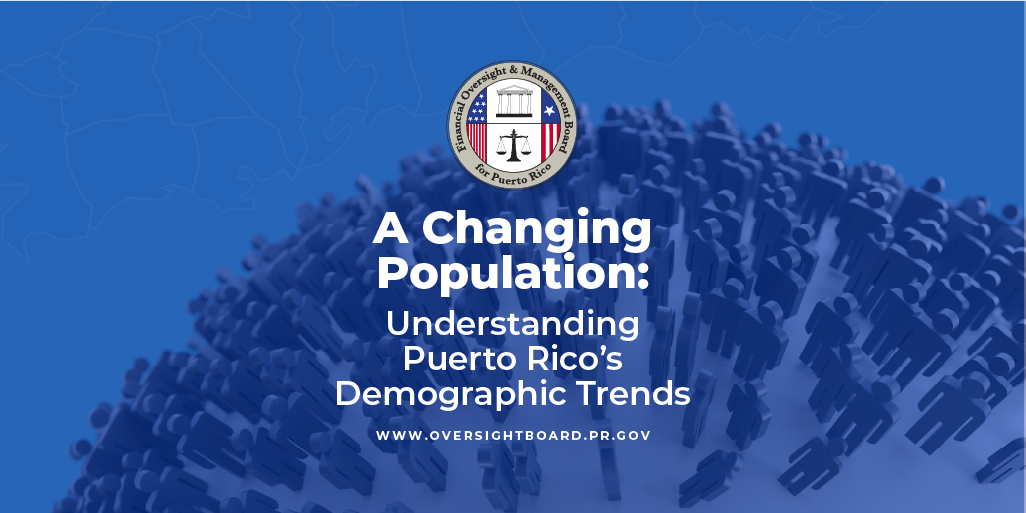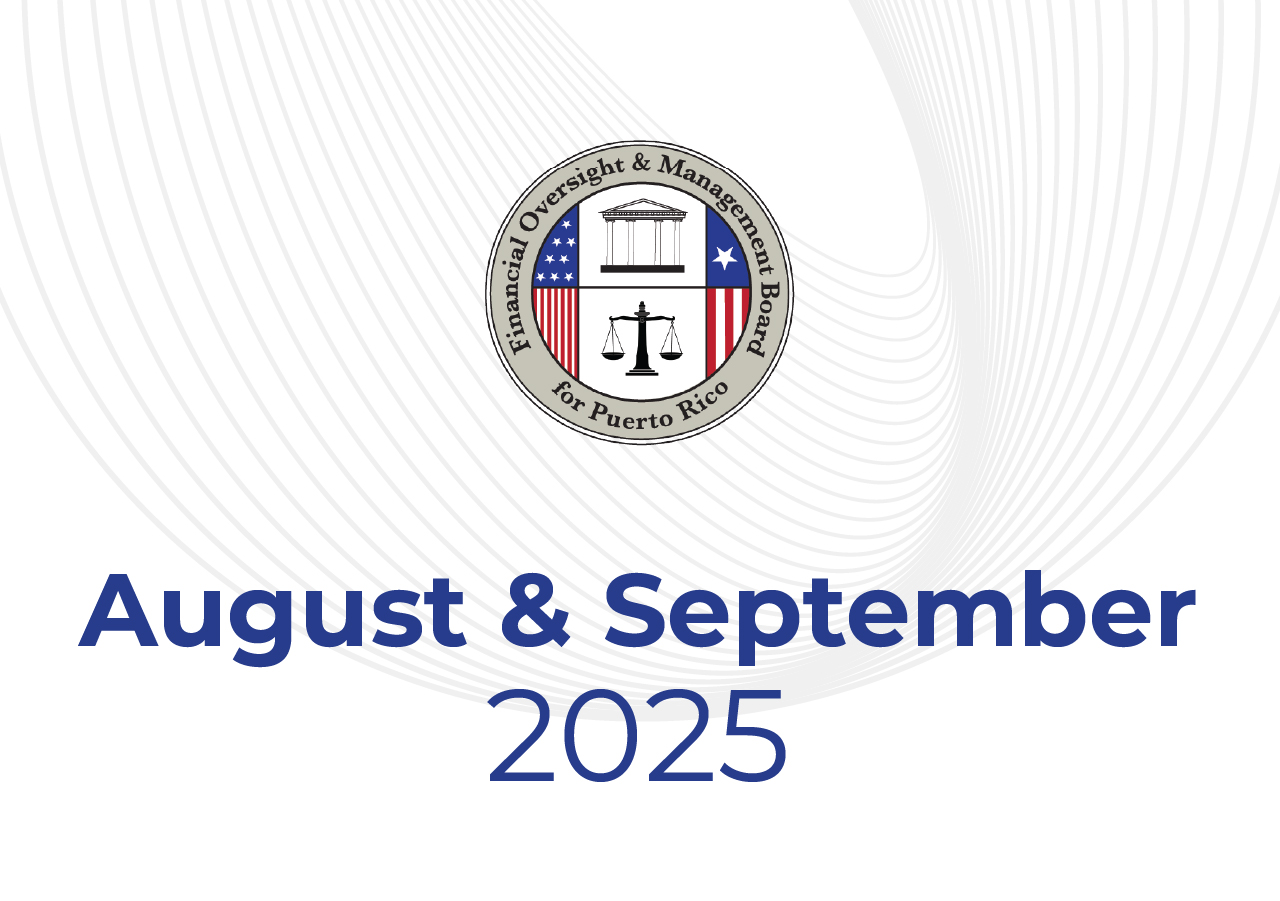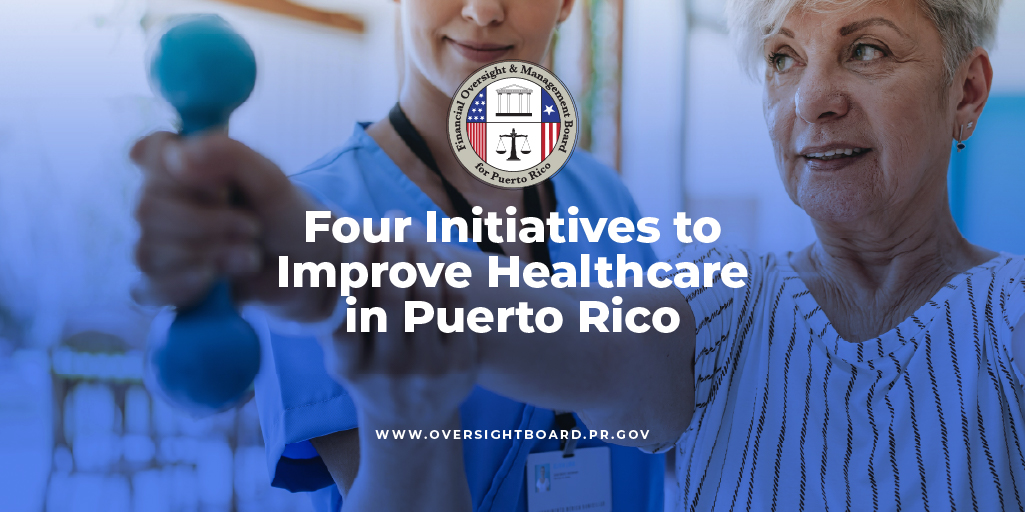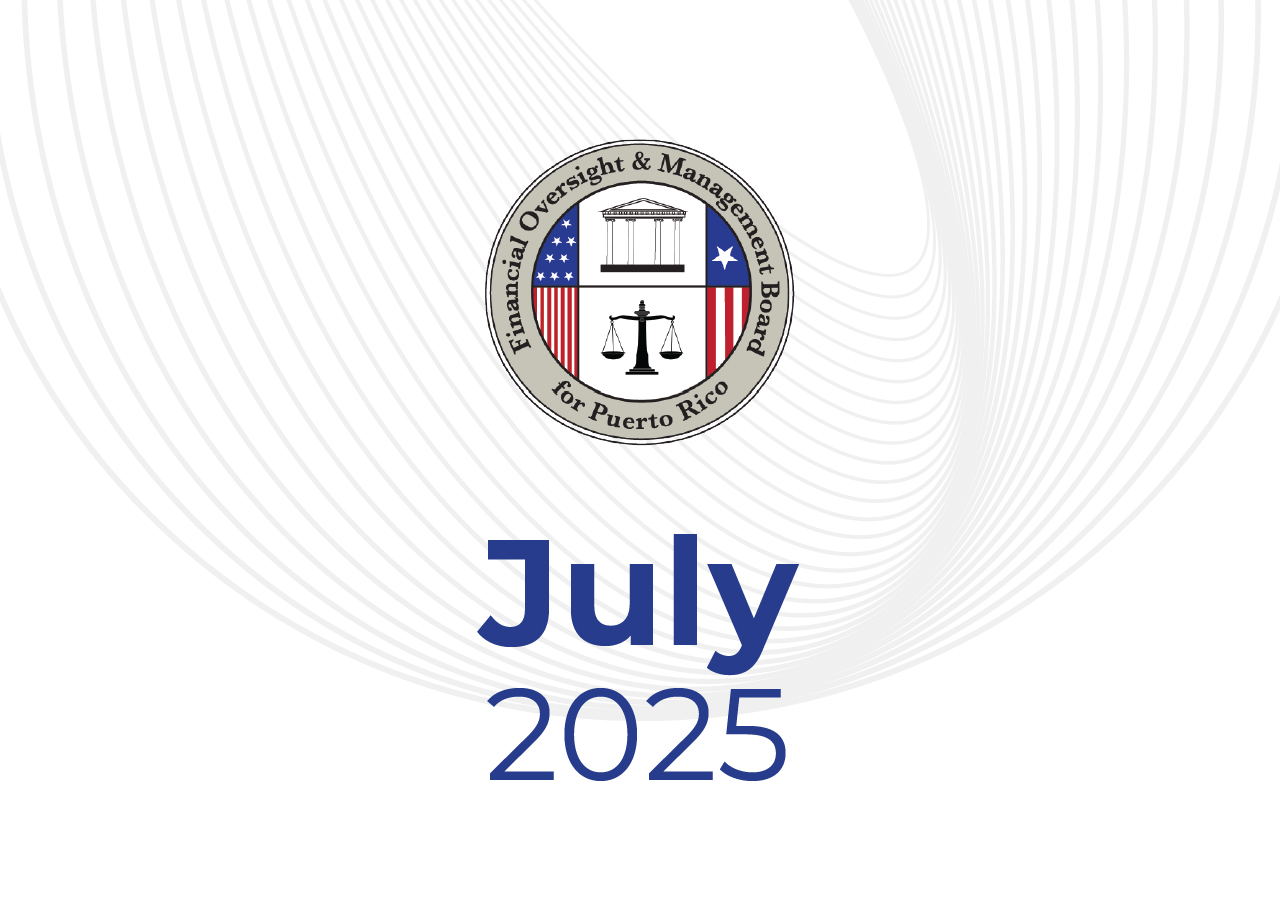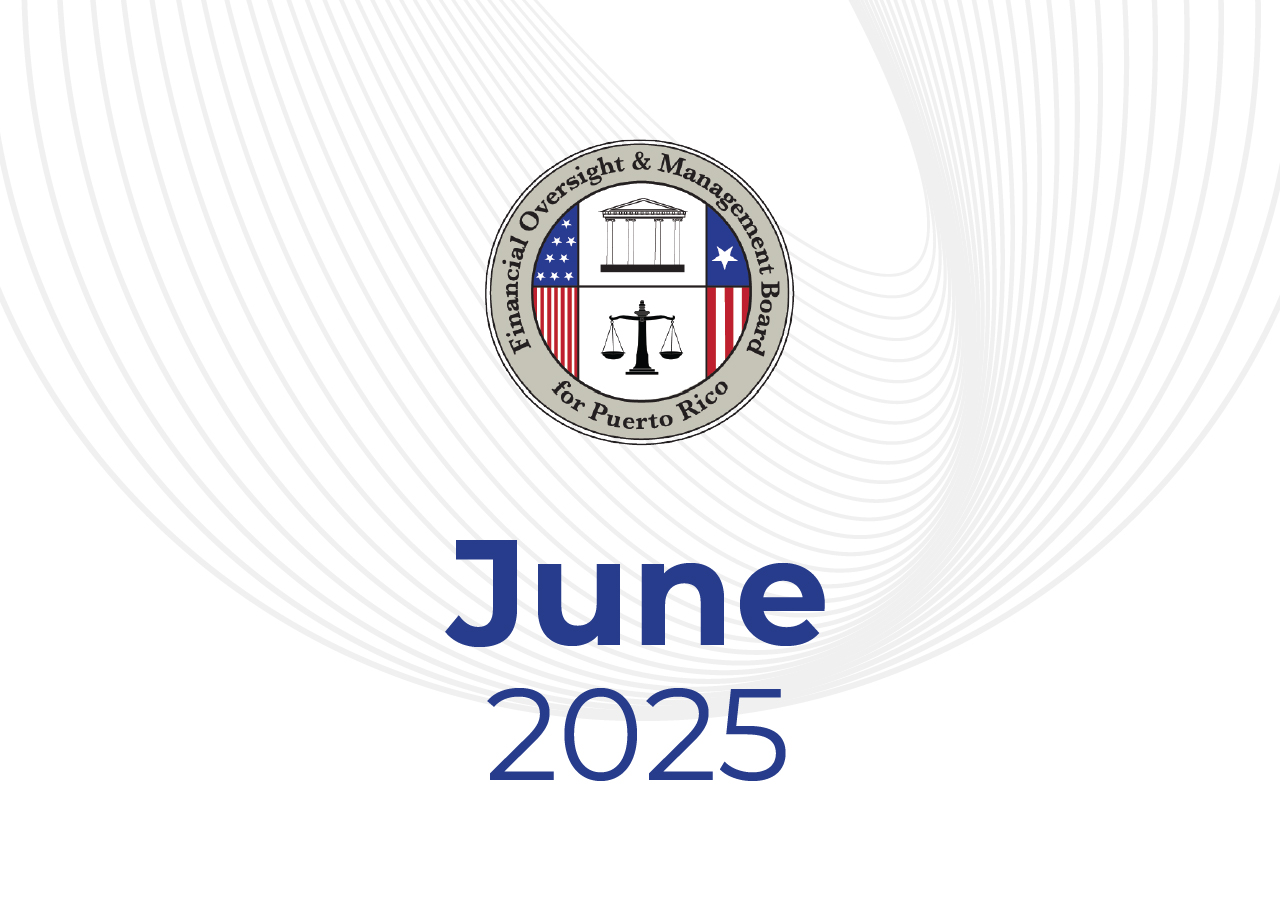A growing Puerto Rico requires a stable population with a healthy balance of all age groups, so children get the education they need, our older residents get the care they need, and our economy keeps going. Fewer people living and working in Puerto Rico was one reason why government finances fell out of balance as income from taxes fell. The number of children enrolling in the public school system has continued to decrease, and more and more of Puerto Rico’s population is composed of people aged 65 and older.
While migration from Puerto Rico and a growing population of older residents are often issues discussed among economists and other experts, two other factors are critical to reverse the trend of Puerto Rico’s falling and aging population: Puerto Ricans have fewer and fewer children, and not enough people move to Puerto Rico as few Puerto Ricans who moved away are willing to return and few people from U.S. states or abroad to move here.
The Oversight Board shed more light on these issues, and policy implications, in its webinar “Demographic Transitions in Puerto Rico: Migration and the Aging Population” with Hernando Mattei and Angélica Rosario Santos from the University of Puerto Rico, and Amilcar Matos Moreno from Pennsylvania State University. Arnaldo Cruz, the Oversight Board’s Deputy Executive Director, led the discussion.
These are among the major findings the researchers shared:
- Since at least 2005, few U.S. mainland residents and foreigners from abroad have been moving to the Island. Puerto Rico’s interstate migration and migration from abroad was among the lowest compared to states, said UPR Professors Mattei and Rosario Santos.
- Residents have long been leaving Puerto Rico, but Mattei and Rosario Santos said in the past the high number of people leaving was offset by high birth rates. The highest outmigration periods were 1950 to 1960, and 2010 to 2020. But now is different because Puerto Rican families have fewer children.
- Fewer women are giving birth, and those who do have fewer children. Rosario Santos explained that since 1998, “There has been a collapse in the number of births from around 60,000 in 2000 to less than 18,000 in 2022.”
- Puerto Rico quickly became a “super-aged” population, like Japan. In Japan, it took 20 years to double the population aged 65 years and older. “Puerto Rico did it in 10 years,” said Penn State Professor Matos Moreno.
In short, Puerto Rico’s population composition has changed dramatically, and there is now a higher percentage of older adults, less working-age adults, and fewer children.
According to Census Bureau figures, Puerto Rico’s population shrank by 13.73% between 2000 and 2020, from 3.8 million to about 3.2 million. In recent years, the highest number of people leaving the Island was recorded at 455,928 individuals from 2010 to 2020.
“We project that this pattern will continue into 2030 if no major changes are observed in the demographic dynamics for Puerto Rico,” Rosario Santos said. She and Mattei said Puerto Rico must develop public policies to promote more immigration to the Island.
For Matos Moreno, it is important to develop public policies to help the elderly, as the percentage of those 65 years and older reached 20% in 2020, compared to 12.5% in 2010. He projects this trend to continue, adding that there needs to be a greater focus on the elderly’s healthcare needs and social well-being.
To find the right policies moving forward, an ongoing dialogue with researchers, academics, demographers, and economists is important, said the Oversight Board’s Executive Director Robert F. Mujica, Jr.
“Demographics and population issues are fundamental to some of the policy decisions that we have to make here in Puerto Rico,” Mujica said. “These trends affect our economy. They affect our healthcare system. They affect our education system. They affect the overall budget.”
Matos Moreno outlined five pressing issues that Puerto Rico must address:
- Changing family dynamics, as the elderly need caregiving and social support.
- The financial insecurities that the elderly may face in later life.
- Access to healthcare, particularly for the increasing number of elderly patients.
- The possible acceleration of the population aging as older Puerto Ricans living stateside may return to the Island.
- The impact “austerity measures” and government reforms on well-being, including pensions, could have on individuals and the overall economy.

